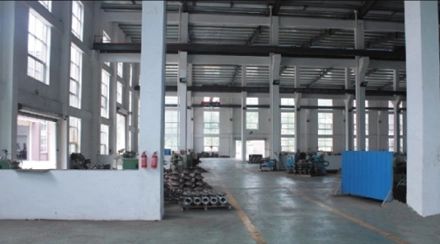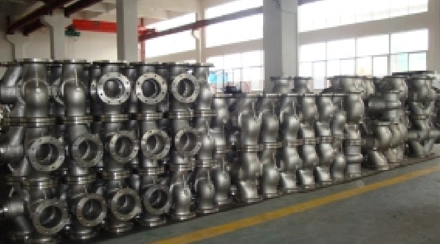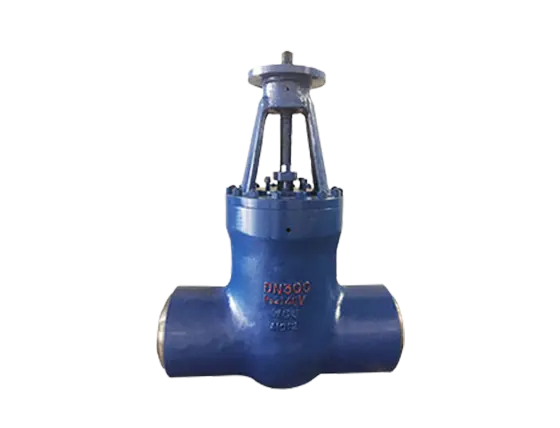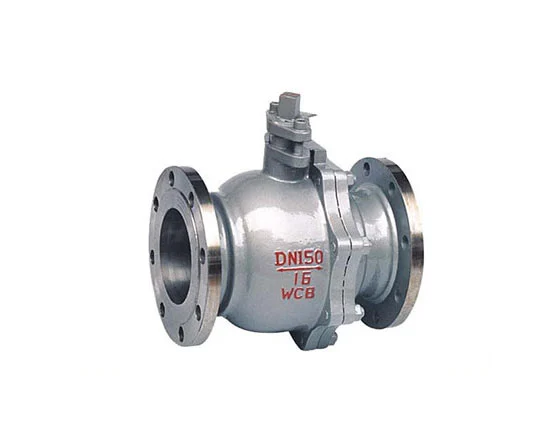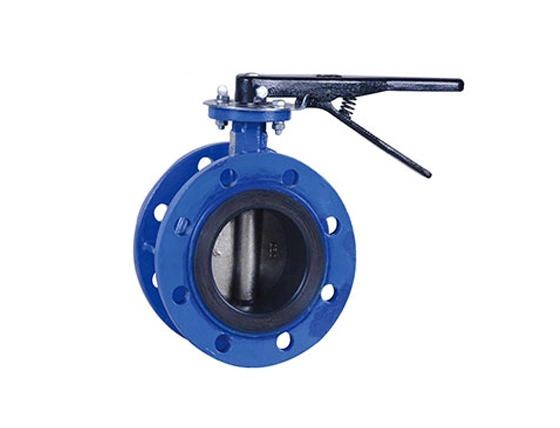en
During installation, the valve disc should be in the closed position.
The open position should be determined according to the rotation angle of the butterfly disc.
For butterfly valves with bypass valves, the bypass valve should be opened before opening the main valve.
Installation should follow the manufacturer's installation instructions. For large and heavy butterfly valves, a sturdy foundation should be provided.
The installation position, height, and inlet/outlet direction must conform to the design requirements, and connections should be secure and tight. Manual valves installed on insulated pipelines should not have handles pointing downwards.
Before installation, a visual inspection of the valve is necessary. The valve's nameplate should comply with the current national standard "General Valve Marking" (GB 12220). For valves with a working pressure greater than 1.0 MPa and those used for cutoff on main pipelines, strength and tightness tests should be performed before installation. Strength testing involves applying a pressure of 1.5 times the nominal pressure for at least 5 minutes, with no leakage from the valve body or packing. Tightness testing involves a pressure of 1.1 times the nominal pressure; the test duration should meet GB 50243 requirements, with no leakage from the valve disc sealing surface.
The main control parameter for butterfly valves is the specification size.
Butterfly valves are single-disc air valves, featuring a simple structure, easy manufacturing, low cost, and simple operation. However, their adjustment precision is lower, making them suitable only for switching or coarse adjustment in ventilation and air conditioning systems.
They can be operated manually, electrically, or via a chain mechanism, and can be fixed at any angle within a 90° range.
Due to the single-shaft, single-disc design, these valves have limited load-bearing capacity and a shorter lifespan when subjected to high pressure differences and high flow rates. They come in both tight-closure and ordinary versions, as well as insulated and non-insulated variants.
Electric butterfly valves are only available in two-position control and use the same electric actuators as multi-leaf valves.
Butterfly valves have a simple structure, small size, and light weight. Their components are relatively few, and a few key parts constitute the valve. Opening the valve is straightforward, requiring only a 90-degree rotation. Butterfly valves provide excellent fluid control, allowing for flow increase or decrease at any time. While valves introduce resistance when transporting fluids, butterfly valve resistance mainly comes from its own design aspects, such as the thickness of the valve body. To minimize fluid resistance, reducing the thickness is key.

